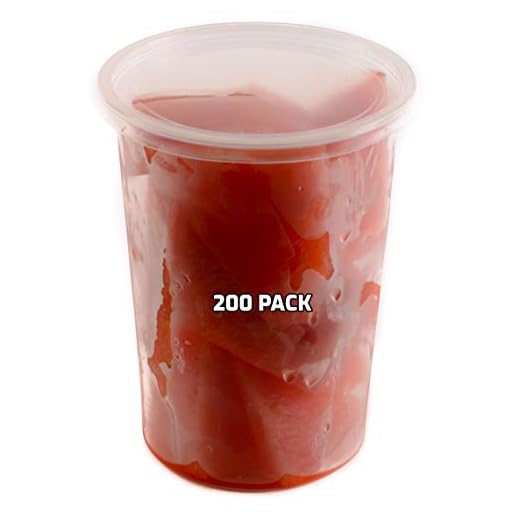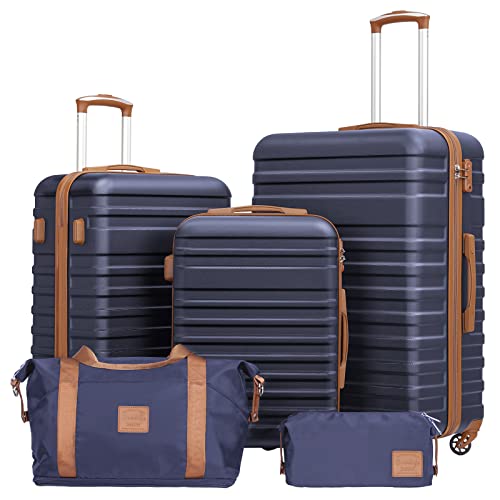







When preparing for travel, ensure that any fluids in your carry-on comply with standards. The maximum volume allowed per container is 3.4 ounces (100 milliliters). All containers must fit into a single, transparent quart-sized bag. This bag should be easily accessible during security checks, making the screening process smoother.
Acceptable items include toiletries like toothpaste, shampoo, and lotion, as well as beverages. However, items such as alcohol may be subject to stricter limits, particularly if they exceed 70% alcohol by volume. Make sure to check specific airline rules for any additional restrictions on beverage types.
Avoid carrying large quantities of any fluid to prevent issues at security. Opt for travel-size products and consider purchasing larger items at your destination. Always be prepared for potential custom regulations concerning certain substances, particularly when flying internationally.
Regulations on Fluids in Carry-Ons
Each container carrying a substance must not exceed 100 milliliters. All containers should fit within a single, transparent, resealable bag, with a total volume not surpassing 1 liter. This bag should remain accessible during security checks.
Items classified under this category include beverages, creams, gels, pastes, lotions, and any similar products. Exceptions apply to medications and baby formula, which can exceed standard volume limits but must be declared to security personnel.
Solid forms like deodorants or lip balms are typically allowed without restriction, but always verify specific airline policies as they may vary. Certain alcoholic beverages with high alcohol content may also be restricted.
For best practices, ensure all packages are clearly labeled, and consider placing them within an easily reachable part of your carry-on for a seamless screening process.
Understanding Airport Liquid Restrictions
Containers exceeding 100 milliliters are prohibited in your carry-on. All vessels should be placed inside a transparent resealable bag, with a maximum capacity of one liter. Each traveler is allowed only one such bag.
Medications and baby formula do not follow standard volume limitations but must be declared at security checkpoints. Ensure you have relevant prescriptions for medications and follow guidelines provided by the airline.
Alcoholic beverages may enter the cabin only if purchased at duty-free stores before boarding, and must remain sealed in the original packaging.
Be cautious with gels and creams; they fall under the same restrictions. Therefore, store items such as moisturizers or hair products complying with the volume limits.
Review your airport’s specific policies as variations may exist. Preparation is key to a smooth travel experience.
Types of Liquids Allowed in Hand Baggage
Containers with a capacity of up to 100 milliliters are permitted in cabin baggage. All these containers must be placed in a resealable plastic bag with a volume not exceeding 1 liter. The following categories are typically allowed:
Beverages
Sealed products like water, juices, or carbonated drinks are permissible if they meet the size requirements. Otherwise, items purchased beyond security checks can be carried without restrictions.
Personal Care Products
Toiletries such as lotions, creams, perfumes, and gels are allowed in small containers. They should be stored in the plastic bag. Aerosols, like deodorants or hair sprays, must also adhere to the size regulations.
Medications
Prescription medications are allowable without quantity limits, provided a valid prescription or doctor’s note accompanies them. Non-prescription liquid remedies must still adhere to the 100 milliliter limit.
Other Products
Baby food, formula, and breast milk are acceptable as long as they are reasonable quantities for the journey. These items are usually exempt from the usual size limit but must be declared at security checkpoints.
| Type | Allowed Size | Notes |
|---|---|---|
| Beverages | Up to 100 ml | Can be bought after security. |
| Toiletries | Up to 100 ml | Stored in a resealable plastic bag. |
| Medications | No limit (with prescription) | Non-prescription items must follow size rules. |
| Baby Food | No limit (reasonable quantity) | Declare at security. |
Packaging Requirements for Liquids
Containers must not exceed 100 milliliters (3.4 ounces) each, regardless of the product. Use transparent, resealable plastic bags to hold all items. The bag must not exceed 1 liter (approximately 1 quart) in capacity. Ensure that all products are easily accessible for inspection at security checkpoints.
Labeling and Sealing
Each container should be properly labeled according to its contents. If possible, keep original packaging to prevent confusion. All bottles or vials must be securely sealed to avoid leakage. Tightly screw on lids and cap openings to minimize spillage during transport.
Special Considerations
For items like medications or baby formula, carrying documentation may facilitate secure passage through security. Keep these products easily accessible, as they may need to be presented separately during screening. Remember that non-compliance with guidelines can result in confiscation.
For unique items like a best way to customize umbrella, ensure any liquid-based customization adheres to standard restrictions to avoid issues at the checkpoint.
Exceptions for Medical and Baby Products
Medications and infant formulas can often exceed the usual capacity restrictions imposed on travel items. It’s essential to follow specific guidelines for carrying such essentials:
Medications
- Containers holding prescribed medications may exceed standard volume limits. Carry a doctor’s note or a copy of the prescription to facilitate the screening process.
- Liquid medications should be in their original packaging to verify the contents easily.
- Inform security personnel about any medical supplies during screening, which helps prevent delays.
Baby Products
- Formula, breast milk, and baby food are allowed in reasonable quantities without being restricted by the typical size limitations.
- Documentation for breastfeeding essentials is not usually required, but carrying it may expedite the process.
- It’s advisable to store these items in a separate, easily accessible bag for convenience during security checks.
Keep in mind that some airports may have unique regulations regarding these items. Always check local rules ahead of your travel. For more practical advice on related topics, consider this resource: are the logik range of fridge freezers metal backed.
Tips for Traveling with Liquids in Hand Baggage
Use travel-sized containers that hold no more than 3.4 ounces (100 ml). Ensure these fit comfortably in a single quart-sized bag. Clear, resealable pouches work best.
Familiarize yourself with items that are typically permitted. This includes toiletries, beverages, and gels. Always check airport regulations, as they can differ between locations.
Place your plastic bag at the top of your items for easy access during security screening. This minimizes delays and keeps the line moving efficiently.
Be mindful of the temperature as certain liquids can freeze or rupture in cold conditions. Packing a best carbon fiber umbrella can also save you from unexpected weather changes while waiting in lines.
Consider purchasing larger items that are permissible only beyond security, such as beverages at terminal shops. This can help avoid potential restrictions.
For organic or specialty creams, products may have specific limits. Research these necessities to avoid last-minute complications.
For families, pack baby products, like formula or breast milk, separately, ensuring they are easy to declare to security officials for a smoother process.







